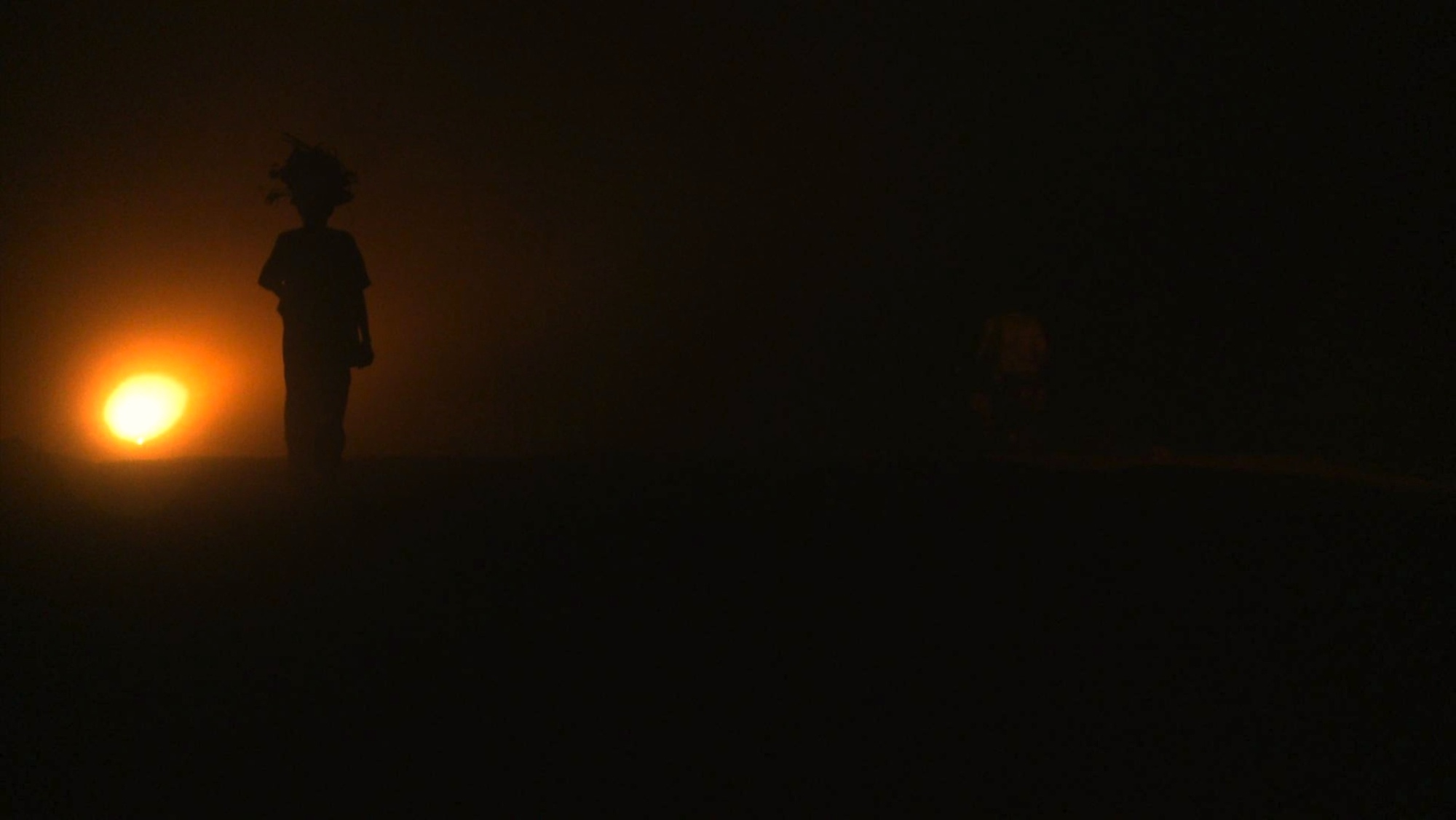The Silent Chaos March 21, 2014
Peeter Riba writes about Antonio Spanò's film "The Silent Chaos"
An uncomfortable
and
incredible truth in the documentary film may be a logical solution. Not
all films are made about enjoyable and romantic stories with which to
warm up ones cold heart. But do Europeans care, for example that in
recent years 5 million people have been killed in Congo? If yes, to
what extent? A similar discussion arose recently in connection with
the interference into the chaos in Central African Republic. Of
course it can not concern Marianne Mikko who as a weak personality
has gotten an overdose of glamorous life of a Member
of the European Parliament.
But what about any normal person? When Bob Geldof, an inveterate
idealist, decided to end the famine in Ethiopia by organising a
charity concert with the most famous musicians, there was initially
no reason to take him too seriously .
Antonio Spanò filmed in
the middle of the chaos in Congo. He concentrates to the life of deaf
people (whose condition is mostly a result of childhood meningitis) in the centre of
war zone. The topic is delicate. The way society treats those who are
not normal in the standard understanding also says a lot about the
society itself. As far as Congo, we can see that there is
superstition, expulsion, physical violence and murder without any
conscience. Living in Congo is a brave venture, but also to go out
there and do something for the society's weakest link requires
courage. Which I guess can not be expected of every average
filmmaker interested in anthropology.
But there is something
else in this film. Something that I haven't noticed very often in the
young genre of Maailmafilm. Here you can see great cinematic
tradition - Italian cinema - an aesthetic approach, skills and
experience. The viewer's emotions are caught and trapped already in
the first scene and it seems that there is no turning back from
there. This is definitely a film that I would recommend Estonian
National Television to show. It has a so-called journalistic
message that is strong and important, but nevertheless it is a very
creative film. An interesting combination considering that Italy, in a
popular perception, is thought to have probably the most superficial
attitude to culture. This film offers a chance to Polish
plumbers and Estonian bus drivers to experience something new
